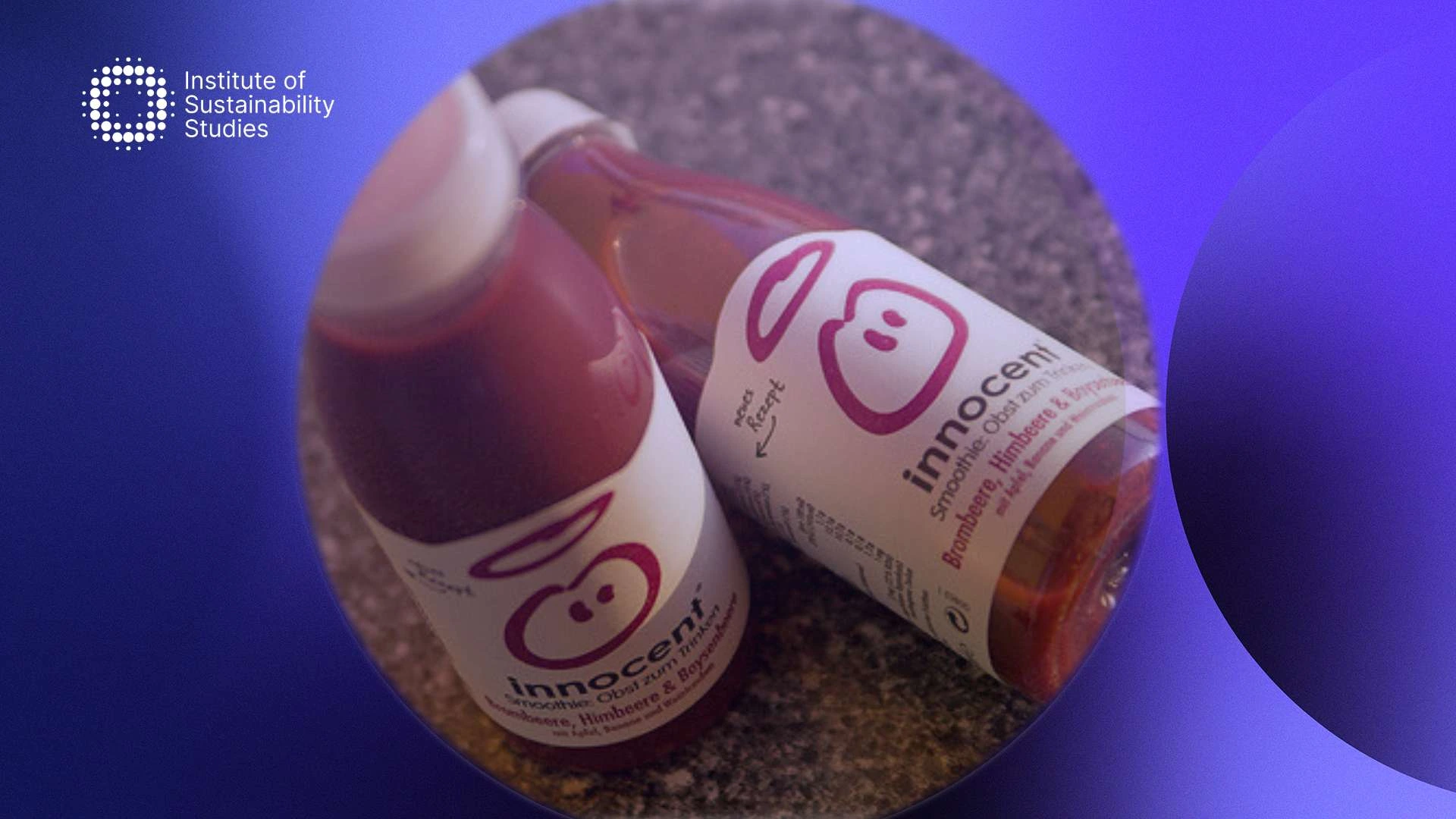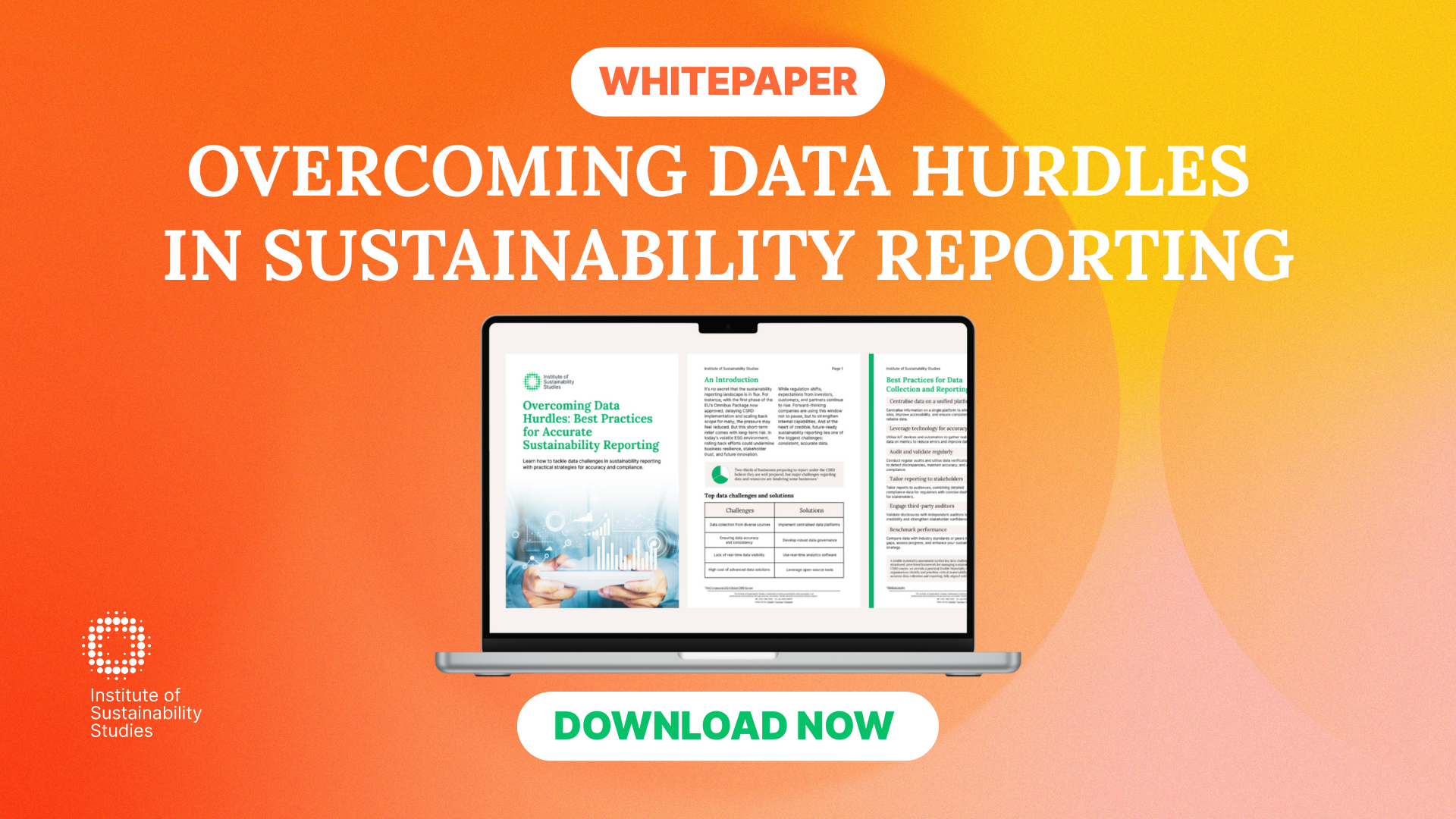In the world of corporate sustainability strategies, Sustainable Aviation Fuel (SAF) has emerged as one of the most viable paths forward for a decarbonised aviation sector. The green alternative releases a fraction of the greenhouse gas emissions associated with traditional jet fuel options.
It has even been touted as the aviation industry’s bridge from the current fossil-fuel-dependent structure to a future involving hydrogen-powered commercial aircraft and electric engines. However, it still struggles to reach commercial viability. Keep reading to learn more about SAF as we explore whether it is a true path to greener skies or yet another greenwashing strategy.
What is Sustainable Aviation Fuel (SAF)?
Sustainable Aviation Fuel (SAF) is the main term utilised by the aviation sector to describe non-conventional aviation fuel. It is fuel made from renewable sources, and as a result, it has the potential to curb greenhouse gas emissions greatly.
Additionally, the term ‘sustainable’ refers to the fact the production of SAF does not involve land use change, large amounts of fresh water, or deforestation for it to be produced.
How is Sustainable Aviation Fuel made?
SAF is created from hydrocarbon molecules via a process known as hydrodeoxygenation. The oxygen that originates from renewable raw materials is removed with the help of hydrogen as well as other impurities like nitrogen and sulphur during this process. The hydrocarbons are then isomerized to fine-tune the properties of the end product into Sustainable Aviation Fuel (SAF).
What is SAF made of?
The variety of feedstocks used to create SAF can be derived from both animal and plant materials, ranging from plant oils and cooking oil to agricultural residues, waste gases, and municipal waste.
Who makes Sustainable Aviation Fuel?
Neste is among the most crucial SAF companies and is expected to become the world’s largest provider of renewable fuels in Asia, North America, and Europe. Some other Sustainable Aviation Fuel companies leading the way include Neste (Finland), SkyNRG, Alder Fuels, and World Energy (US).
How does SAF reduce emissions?
According to research, the aviation industry was responsible for over 2 percent of global greenhouse gases in 2021 but Sustainable Aviation Fuel has the potential to reduce climate-changing greenhouse gas emissions in aviation by up to 80 percent. SAF can be made from waste streams that would otherwise be discarded. However, it can also be created using renewable feedstocks like forestry or agricultural waste.
When created from renewable stocks, it only emits the same amount of carbon to the atmosphere as was previously absorbed by its feedstock. With this in mind, Sustainable Aviation Fuel closes the carbon loop and curbs emissions, significantly reducing the aviation sector’s ecological footprint and dependency on fossil fuels. The use of Sustainable Aviation Fuel can also reduce other adverse emissions like particulates and sulfur by 90 percent and 100 percent, respectively. All of these reductions are vital ways to minimise the impact of climate change on the planet.
What are the disadvantages of Sustainable Aviation Fuel?
Although Sustainable Aviation Fuel (SAF) is a much cleaner and less polluting alternative to conventional fuel, there are still some disadvantages of this fuel. Worldwide, SAF makes up less than 0.1 percent of aviation fuel, and it has been found it costs four times the amount of kerosene.
Not to mention, many experts argue that investing in SAF is not the best strategy when it comes to decarbonising engine technology. In other words, they believe a much better solution would be to invest in technologies such as electric and hydrogen propulsion, as they are long-term solutions to aviation emissions.
There is also the concern that consumers could bear the increased cost of Sustainable Aviation Fuel and that using this kind of fuel could only be effective for specific kinds of flights. The scale of use of SAF is not yet where conventional fuel is either, and it is worth noting there could be barriers to growing it.
There is also the question of how renewable some feedstocks truly are. In saying all of this, more companies are investing in these groundbreaking and innovative technologies to transform a variety of feedstocks into aviation fuel. With this in mind, we are definitely headed in the right direction to achieve net-zero emissions.
The future of SAF
Meanwhile, the aviation sector, identified by the European Commission as one of the fastest-growing sources of greenhouse gas emissions, is also ramping up efforts to decarbonise. The global aviation industry has pledged to achieve net-zero emissions by 2050, with airlines like Emirates aiming for SAF to constitute half of their total fuel supply by 2030 to support sustainable travel. Although SAF remains underutilised, its growing adoption across sectors highlights its critical role in the transition to a net-zero future.
Dedicated to harnessing the power of storytelling to raise awareness, demystify, and drive behavioural change, Bronagh works as the Communications & Content Manager at the Institute of Sustainability Studies. Alongside her work with ISS, Bronagh contributes articles to several news media publications on sustainability and mental health.
- Bronagh Loughlinhttps://instituteofsustainabilitystudies.com/insights/author/bronagh/
- Bronagh Loughlinhttps://instituteofsustainabilitystudies.com/insights/author/bronagh/
- Bronagh Loughlinhttps://instituteofsustainabilitystudies.com/insights/author/bronagh/
- Bronagh Loughlinhttps://instituteofsustainabilitystudies.com/insights/author/bronagh/









